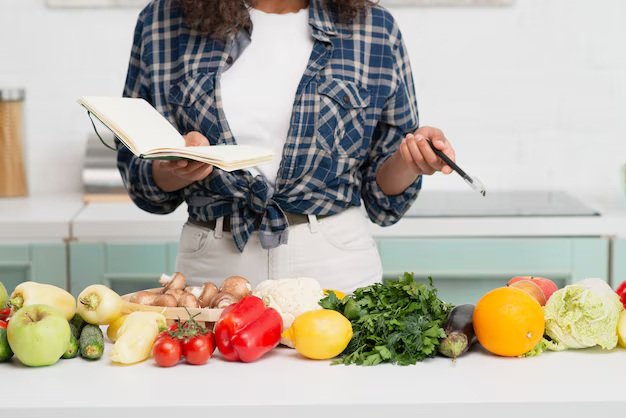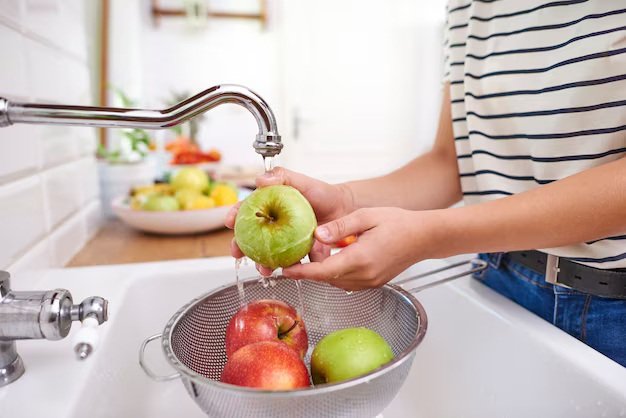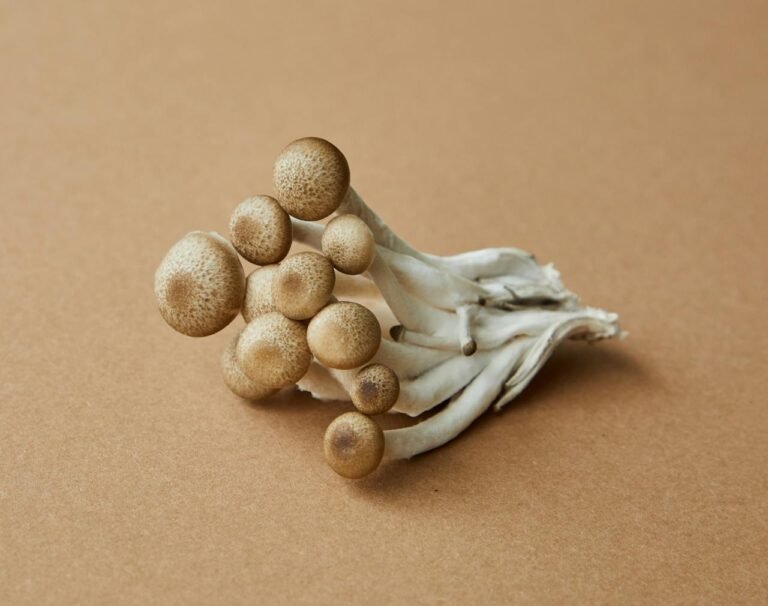Why Organic Food Usually Costs More (and What that Price Really Buys)
Walk into a supermarket and pick up two apples: one stamped “organic,” the other not. Many shoppers pause, compare the tags, and then decide. Why does the organic apple so often cost more? The short answer is that organic food typically carries a higher price because producing it usually costs more — from the seed in the ground to the certified label on the shelf — and because the market is willing to pay that premium. According to the U.S. Department of Agriculture’s Economic Research Service (ERS), organic farms, on average, face higher production costs than conventional farms, and those costs show up in both farm-level and retail prices.
But that’s only the surface. Several real, measurable factors contribute: lower yields in many crops, more time- and labour-intensive management, the expense and paperwork of certification, stricter supply-chain segregation rules, and sometimes smaller, less efficient processing and distribution networks. Together, these forces create what economists call the “organic premium” — a price margin that covers added costs while rewarding producers for certified practices. A recent ERS analysis also shows that this premium varies by product and has shifted over time, as conventional food prices have at times risen faster than organic ones.

How Studies and Numbers Explain the Premium
Researchers studying organic farming’s performance give us a clearer technical picture. Meta-analyses published in Nature that compare many experiments and farms show that organic yields are, on average, lower than those from conventional systems — though the size of the gap varies by crop, climate, and management. The same analysis found that organic yields were often lower than conventional yields across many contexts. According to the authors, organic systems tended to produce less per hectare in many of the studies they reviewed, and that yield gap is one of the drivers behind higher retail prices.
Follow-up research has refined that estimate and revealed important variations: diversified organic systems, better soil management, and certain climates make the yield gap smaller. A larger meta-analysis found the gap could be reduced to roughly one-fifth under many diversified systems. “According to the study, adopting diversified rotations and integrated practices can narrow the yield difference and improve profitability, but implementing those practices requires knowledge, labour, and time — all costs that show up in prices.
Certification and compliance add direct and indirect expenses. Getting USDA organic certification involves documentation, inspections and record-keeping; even where governments or programs cover a share of fees, farms face auditing, transition-year losses and administrative burdens. “According to the National Sustainable Agriculture Coalition,” U.S. cost-share programs reimburse a share of certification fees, but many farms still absorb substantial upfront or systemic costs during conversion.
Market structure matters, too. The organic sector includes many small processors and speciality suppliers; they must keep organic batches physically segregated from conventional product, maintain dedicated equipment or cleaning regimes, and source organic inputs (like organic feed or seeds) that can be scarce and expensive. These supply-chain constraints increase per-unit costs for small and mid-sized suppliers and can push retail prices up. Industry tracking also shows the organic market has grown to record size while remaining concentrated in certain products; according to the Organic Trade Association, U.S. certified organic sales neared $70 billion in 2023, with price changes and supply forces both driving dollar growth.
A final recent pressure on prices comes from trade and policy. New import restrictions or tariffs on key organic ingredients can drive up costs for companies that rely on imports (for example, organic sugar). A news report by the Associated Press flagged policy changes expected to raise organic sugar costs and ripple through the prices of processed organic goods that depend on it. This shows how policy choices can quickly reshape the economics of organic pricing.
What Real Farmers and Shoppers Say — True Stories and Expert Voices
If you look beyond the prices, it’s about how people are affected. Jeremy Brown, a co-owner at Twin Birch Dairy in New York, talks about the strains of running environmentally focused operations while deciding whether to pursue formal organic certification. Brown and other farmers told reporters they sometimes avoid certification because it brings extra rules and costs even when the farm already follows careful environmental practices. Those on-the-ground trade-offs explain why some producers use sustainable methods without the organic label and why certified organic supply can shrink even as demand grows.
A 2025 Associated Press report found that certified organic acreage in the U.S. has declined notably in recent years as farmers cited rising costs and regulatory hurdles.
Not all stories are about loss. In Iowa, the Fehr family runs a large organic operation that illustrates both the possibilities and the challenges. Jack Fehr spoke about the family’s decision to reject the assumption that organic farming can’t scale. His experience shows that with scale, marketing, and farm-specific strategies, some large operations can make organic work—though they often face higher equipment, labour, and transition costs. Local reporting by the Iowa Capital Dispatch on the family’s harvest showed that profits can follow careful management, yet the conversion process is neither quick nor cheap. A local profile of the Iowa farm explained how its revenue story fits within broader data on costs and yield gaps in the sector.
On the consumer side, shoppers tell similar, practical stories. Many say they buy organic for health, environment, or animal-welfare reasons and accept a higher bill for those benefits. Others report switching back to conventional choices when budgets tighten. Market reporting from industry groups shows that in recent years dollar sales growth in organic markets has been driven more by pricing shifts than by big jumps in unit sales — meaning higher prices matter to the sector’s revenue as much as, or more than, growing numbers of organic shoppers. A report by the Organic Trade Association in 2024 found that consumers still trust the USDA Organic label and that industry dollar sales reached new highs even amid inflationary pressure.
The numbers below are simplified snapshots from industry and research summaries cited throughout this article to show typical ranges. They illustrate the patterns researchers and analysts report, rather than serving as fixed rules for every farm or product.
| Factor | Common impact on price |
|---|---|
| Yield gap (average) | Organic yields often 15–25% lower in many studies, depending on crop and practice. |
| Retail price premium | Varies widely; some organic produce items show 20–60% higher retail prices in ERS charts. |
| Certification costs | Upfront inspection and paperwork costs can be hundreds to thousands; cost-share covers part but not all.. |
| Market size | U.S. organic sales approached $70 billion in 2023. |

What Consumers, Farmers and Policymakers Can Do — Practical Steps and Clear Choices
If the higher cost of organic troubles you, or if you want to support a more affordable transition to cleaner food systems, there are concrete actions each group can take.
Consumers can prioritise buying organic selectively and strategically. For families on tighter budgets, choosing organic for crops with higher pesticide residues (often listed in consumer guides) provides more targeted exposure reduction at lower cost. Shopping for seasonal, local organic produce from farmers’ markets and CSAs, where possible, can also help — shorter supply chains sometimes reduce markups and support smaller growers directly. Community-supported agriculture and co-ops can further lower the per-family price of organic produce. Industry tracking shows shoppers still value the USDA Organic label, and targeted buying makes a difference. Experts suggest that trust in the Organic seal remains high, indicating that targeted consumer demand can support market stability.
Farmers thinking about conversion need realistic budgets and support. Transition years often lower yields while farms build soil fertility and management systems; cost-share programs and technical assistance reduce some financial pressure. “According to the National Sustainable Agriculture Coalition,” certification cost-share programs exist, but more outreach and simplified paperwork would enlarge uptake. Policymakers who expand training and transition payments can shorten the painful early years and help scale up organic supply.
Policymakers and industry leaders should focus on system-level fixes: expand cost-share and transition assistance, invest in organic seed and feed supply chains, support research into closing yield gaps with regenerative methods, and reduce trade or tariff shocks for key organic inputs. The USDA’s own analyses show organic production is costlier in many cases, and strategic public support can help cover the societal benefits (reduced pesticide runoff, biodiversity gains) that markets do not currently pay for directly. “According to the USDA Economic Research Service, 2025,” targeted public programs and better supply-chain infrastructure can help lower the effective premium consumers pay while supporting farm incomes.
Finally, transparency helps: clearer labelling about why a product costs more (certification, local production, animal welfare standards) and public education about the real trade-offs — yield, labour, environmental benefit — will let consumers decide with full information. Industry actors can lower costs through cooperative processing, shared certification support, and technology that reduces labour without undercutting organic principles.
Conclusion
Higher prices for organic food are not a single cause but the sum of many choices: ecological practices, regulation, market scale, supply chains and policy. Real farmers’ stories — from those who struggle with certification costs to those who find profitable, scaled organic models — show there are paths forward, but none are free. Research shows yield gaps can shrink with smarter management, and policy tools exist to ease conversion and smooth supply constraints. If you want to eat organic without breaking the bank, buy selectively, shop local and support policies that invest in organic infrastructure. If you care about expanding organic supply, push for stronger transition support and smarter trade policy. The extra you pay at the till is not just a price tag: it’s an accounting of different choices and values running from the soil to the shelf.







